Home>diy>Building & Construction>What Is An LVL In Construction
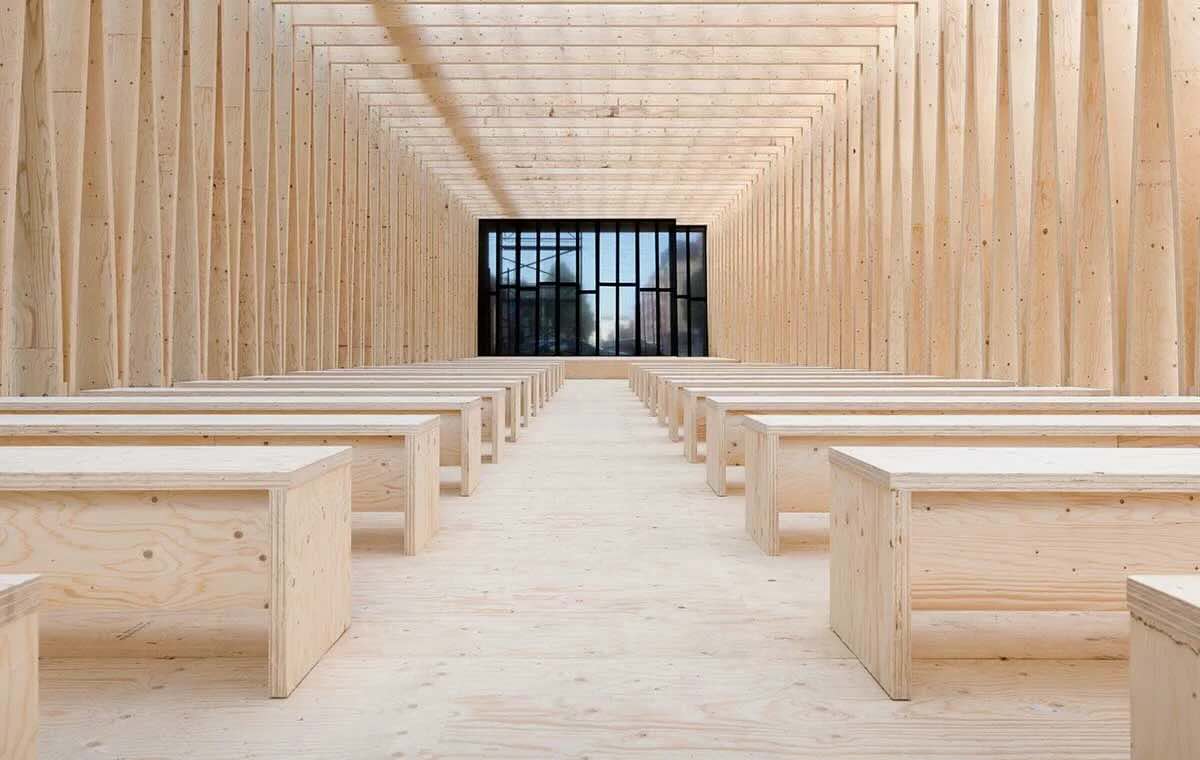

Building & Construction
What Is An LVL In Construction
Modified: January 24, 2024
Discover what an LVL is and its role in building construction. Gain insights into the benefits and applications of this sturdy construction material.
(Many of the links in this article redirect to a specific reviewed product. Your purchase of these products through affiliate links helps to generate commission for Storables.com, at no extra cost. Learn more)
Introduction
Welcome to the world of construction! When it comes to building sturdy and durable structures, it’s essential to choose the right materials. In the realm of construction, LVL, which stands for Laminated Veneer Lumber, plays a crucial role. LVL is a versatile and reliable material that offers numerous benefits in the construction industry.
In this article, we will delve into the world of LVL in construction, exploring its definition, manufacturing process, strength, durability, various uses, advantages over other materials, and considerations before incorporating it into your construction projects. So, let’s get started and discover the wonders of LVL!
Key Takeaways:
- LVL, or Laminated Veneer Lumber, is a powerhouse material in construction, offering exceptional strength, dimensional stability, and resistance to moisture and pests. Its versatility makes it an ideal choice for various structural and decorative applications.
- Before incorporating LVL into construction projects, it’s crucial to consider factors such as proper design, moisture exposure, installation guidelines, and code compliance. Collaboration with professionals and adherence to best practices ensure the successful and safe use of LVL.
Read more: What Is Construction
Definition of LVL in Construction
Laminated Veneer Lumber (LVL) is a type of engineered wood product that is commonly used in the construction industry. It is made by bonding thin layers of wood veneers together with adhesives, creating a strong and durable material.
LVL is typically manufactured using softwood veneers, such as pine or fir, which are carefully aligned and bonded to form a continuous beam-like structure. The veneers are laid in parallel, with each layer rotated 90 degrees from the previous one to enhance strength and stability.
One of the key features of LVL is its high strength-to-weight ratio. Its unique manufacturing process allows it to be produced in longer lengths and larger sizes compared to solid wood. LVL is available in various thicknesses and widths, making it suitable for a wide range of construction applications.
Due to its engineered nature, LVL offers consistent strength and dimensional stability, reducing the risk of warping, splitting, or shrinking over time. This makes it an ideal choice for structural elements, such as beams, headers, and rafters in residential, commercial, and industrial construction projects.
How LVL is Made
The manufacturing process of Laminated Veneer Lumber (LVL) involves several steps to ensure its strength and durability. Here is a breakdown of how LVL is made:
- Veneer Selection: The process begins with carefully selecting high-quality softwood veneers. These veneers are typically obtained from logs that are rotary-peeled or sliced at a veneer mill.
- Preparation: The selected veneers are then trimmed and prepared for the bonding process. They may undergo drying and conditioning to ensure uniform moisture content.
- Adhesive Application: A suitable adhesive, generally a type of phenol formaldehyde resin, is applied to the veneers. The adhesive is evenly distributed to promote strong bonding.
- Layering and Alignment: The veneers are carefully layered on top of each other, with the grain direction alternating between layers. This cross-grain arrangement enhances the overall strength and stability of the LVL.
- Pressing and Consolidation: The stacked veneers are then placed in a hydraulic press. Heat and pressure are applied to bond and consolidate the layers. This process is known as curing.
- Trimming and Finishing: Once the curing process is complete, the LVL panels are trimmed to the desired dimensions, ensuring clean edges. They may also be sanded or planed to achieve a smooth surface finish.
The manufacturing process of LVL results in a strong, homogeneous material that exhibits consistent properties throughout. It undergoes rigorous quality control measures to meet industry standards and ensure its performance in various construction applications.
Strength and Durability of LVL
Laminated Veneer Lumber (LVL) is renowned for its exceptional strength and durability, making it a popular choice in the construction industry. Here are some key factors that contribute to the strength and durability of LVL:
- Bonding: The adhesive used in the manufacturing of LVL provides a strong bond between the veneer layers. This bonding process ensures the layers work together to withstand heavy loads and resist deformation.
- Alignment: The cross-grain arrangement of the veneers enhances the overall strength of LVL. It distributes the load across multiple layers, reducing the risk of splitting, warping, or sagging.
- Uniformity: LVL offers consistent strength and properties throughout the material. Unlike solid wood, which can have natural defects or inconsistencies, LVL is manufactured to meet specific standards, ensuring predictability and reliability.
- Dimensional Stability: Thanks to its engineered construction, LVL has minimal shrinkage or expansion due to changes in temperature and humidity. This dimensional stability helps maintain the structural integrity of LVL over time.
- Load-Bearing Capacity: LVL is capable of supporting heavy loads over long spans. Its high strength-to-weight ratio allows for efficient use in structural applications, reducing the need for additional support elements.
- Resistance to Moisture and Pests: LVL is treated with preservatives during the manufacturing process, making it resistant to moisture, rot, and insect infestations. This makes it suitable for both indoor and outdoor use.
Overall, the strength and durability of LVL make it a reliable choice for various construction projects. Its ability to withstand heavy loads, resist deformation, and maintain dimensional stability ensures long-lasting and structurally sound structures.
When using LVL (Laminated Veneer Lumber) in construction, ensure that it is properly stored and protected from moisture to maintain its structural integrity.
Uses of LVL in Construction
Laminated Veneer Lumber (LVL) is a versatile material that finds extensive use in various construction applications. Its strength, durability, and dimensional stability make it a popular choice for the following uses:
- Structural Beams and Columns: LVL is commonly used as beams and columns in residential, commercial, and industrial construction. It provides the necessary support and load-bearing capacity for floors, roofs, and other structural components.
- Headers and Rim Boards: LVL beams are often used as headers above doors, windows, and other openings to distribute the load and prevent sagging. Rim boards made from LVL can be used to secure floor joists and provide a solid connection to the foundation.
- Bearing Plates and Joist Hangers: LVL can be utilized as bearing plates and joist hangers to provide support and reinforce connections between structural elements. These components ensure stability and structural integrity.
- I-Joists and Trusses: LVL is commonly used in the manufacturing of I-joists and trusses. These engineered wood products offer excellent load-carrying capacity and stability and are widely used in residential and commercial construction.
- Formwork: LVL panels can be used as formwork for concrete construction. They provide a durable and stable surface for pouring and shaping concrete structures, such as walls, columns, and slabs.
- Door and Window Frames: LVL is often used to construct door and window frames due to its stability and resistance to warping. It provides a solid base for installing doors, windows, and hardware.
- Furniture and Cabinetry: LVL can be used to manufacture furniture pieces, such as tables and benches, as well as cabinetry components, due to its strength and versatility in design.
These are just a few examples of the many uses of LVL in construction. Its adaptability, durability, and ability to withstand heavy loads make it a valuable material in various building projects, providing strength and stability to structures of all kinds.
Read more: What Is Residential Construction
Advantages of LVL over other construction materials
Laminated Veneer Lumber (LVL) offers several advantages over other construction materials, making it a preferred choice in the industry. Here are some key advantages of using LVL:
- Strength and Load-Bearing Capacity: LVL has a higher strength-to-weight ratio compared to solid wood. It can support heavier loads over longer spans, allowing for more efficient use of materials and reducing the need for additional support elements.
- Dimensional Stability: LVL has minimal shrinkage or expansion due to changes in temperature and humidity. Unlike solid wood, which can warp, twist, or sag, LVL maintains its shape and structural integrity over time.
- Consistency: Each layer of veneer in LVL is carefully selected and bonded, ensuring consistent quality and uniform strength. This predictability allows for precise engineering calculations and reliable performance in construction projects.
- Longer Lengths: LVL can be manufactured in longer lengths compared to solid wood, reducing the need for joints or splices. This enhances the overall strength and stability of the structure and facilitates faster installation.
- Environmentally Friendly: LVL is made from sustainably sourced wood veneers and uses adhesives that meet environmental standards. The production process minimizes waste, making LVL an eco-friendly choice for construction projects.
- Fire Resistance: LVL has better fire resistance than many other wood products. It offers improved safety by slowing down the spread of fire and giving occupants more time to evacuate the building.
- Versatility: LVL can be easily cut, drilled, and shaped according to project requirements. It can be used in a wide range of applications, from structural components to decorative elements.
These advantages make LVL a reliable and cost-effective alternative to traditional construction materials. Its superior strength, durability, and dimensional stability contribute to the longevity and resilience of structures, while its eco-friendly nature aligns with sustainable construction practices.
Considerations before using LVL in construction
Before incorporating Laminated Veneer Lumber (LVL) into your construction project, it’s important to consider a few key factors. Here are some considerations to keep in mind:
- Design and Engineering: Proper design and engineering are crucial when using LVL in construction. Consult with a structural engineer or designer to ensure that the LVL is specified correctly and can withstand the anticipated loads and stresses.
- Moisture Exposure: While LVL is resistant to moisture, prolonged exposure to water or high humidity levels can still affect its performance. Ensure proper protection and sealing of LVL during construction, and avoid long-term exposure to excessive moisture.
- Installation: Follow the manufacturer’s recommendations for proper installation of LVL, including fastening methods, supports, and precautions. Improper installation can compromise the strength and stability of the structure.
- Code Compliance: Ensure that the use of LVL complies with local building codes and regulations. Familiarize yourself with the requirements and any specific guidelines for using engineered wood products in your area.
- Environmental Conditions: Consider the environmental conditions, such as temperature and humidity fluctuations, when using LVL. Ensure that proper HVAC systems and moisture control measures are in place to maintain the integrity of the material.
- Cutting and Fastening: LVL can be easily cut and shaped, but it’s important to use appropriate tools and techniques to avoid splintering or damaging the material. Similarly, use approved fasteners and follow recommended guidelines for proper attachment.
- Inspection: Regular inspections during and after construction are essential to identify any issues or potential problems related to LVL. Monitor for signs of damage, such as cracks, splits, or excessive deflection, and address them promptly.
By taking these considerations into account, you can ensure the successful and safe use of LVL in your construction project. Collaborating with professionals and following industry best practices will help maximize the benefits of LVL and contribute to the longevity and performance of the structure.
Conclusion
Laminated Veneer Lumber (LVL) has become a staple in the construction industry due to its exceptional strength, durability, and versatility. In this article, we have explored the definition of LVL, how it is made, its strength and durability, as well as its various uses in construction.
From structural beams and columns to formwork and furniture, LVL offers numerous advantages over other construction materials. Its high strength-to-weight ratio, dimensional stability, and resistance to moisture and pests make it an ideal choice for a wide range of applications.
However, before incorporating LVL into your construction projects, it’s important to consider factors such as proper design and engineering, moisture exposure, installation guidelines, code compliance, and environmental conditions. By addressing these considerations and following industry best practices, you can ensure the successful and safe use of LVL in your constructions.
In conclusion, LVL plays a significant role in the construction industry, providing reliable and sustainable solutions for building sturdy and durable structures. Its versatility, strength, and durability make it a wise choice for architects, engineers, and contractors alike. Consider harnessing the power of LVL in your next construction venture and experience the benefits it brings to your projects.
Frequently Asked Questions about What Is An LVL In Construction
Was this page helpful?
At Storables.com, we guarantee accurate and reliable information. Our content, validated by Expert Board Contributors, is crafted following stringent Editorial Policies. We're committed to providing you with well-researched, expert-backed insights for all your informational needs.
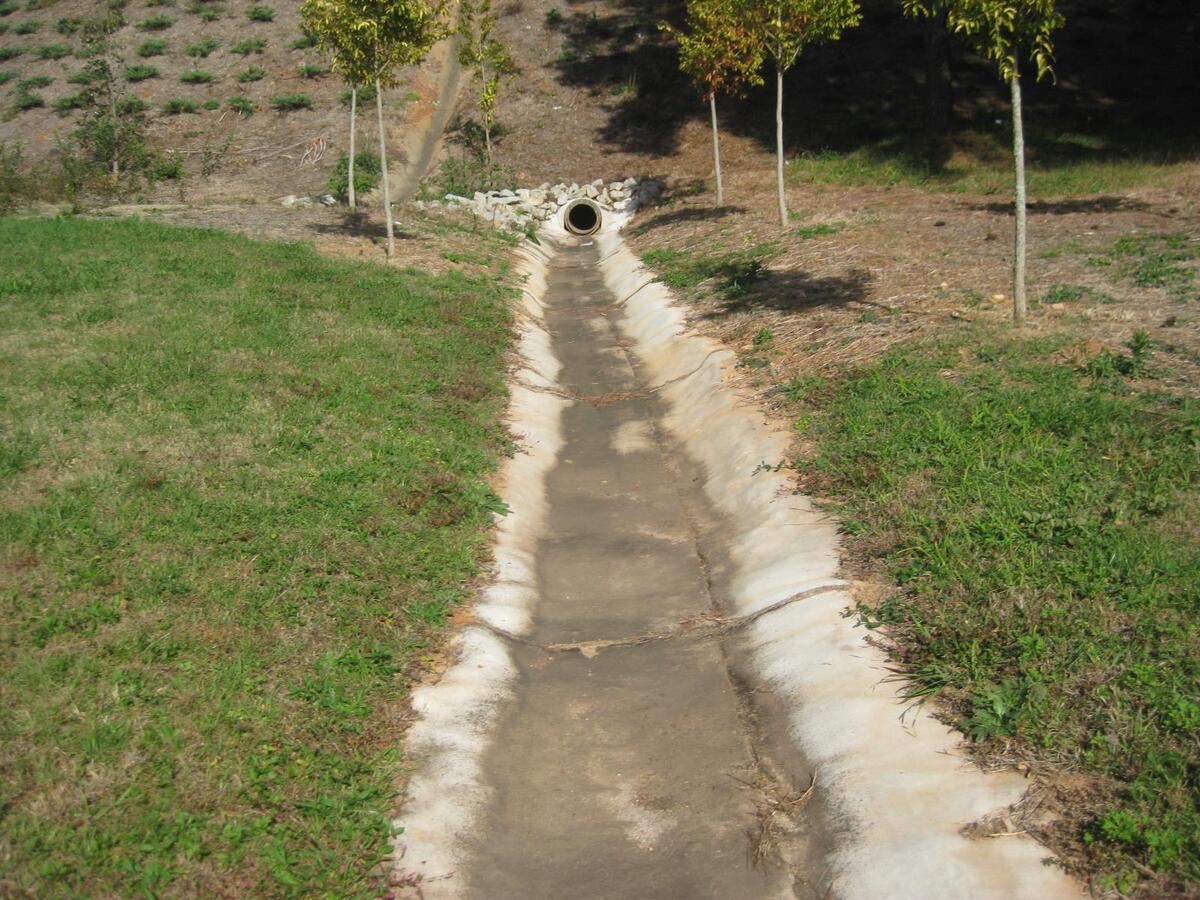
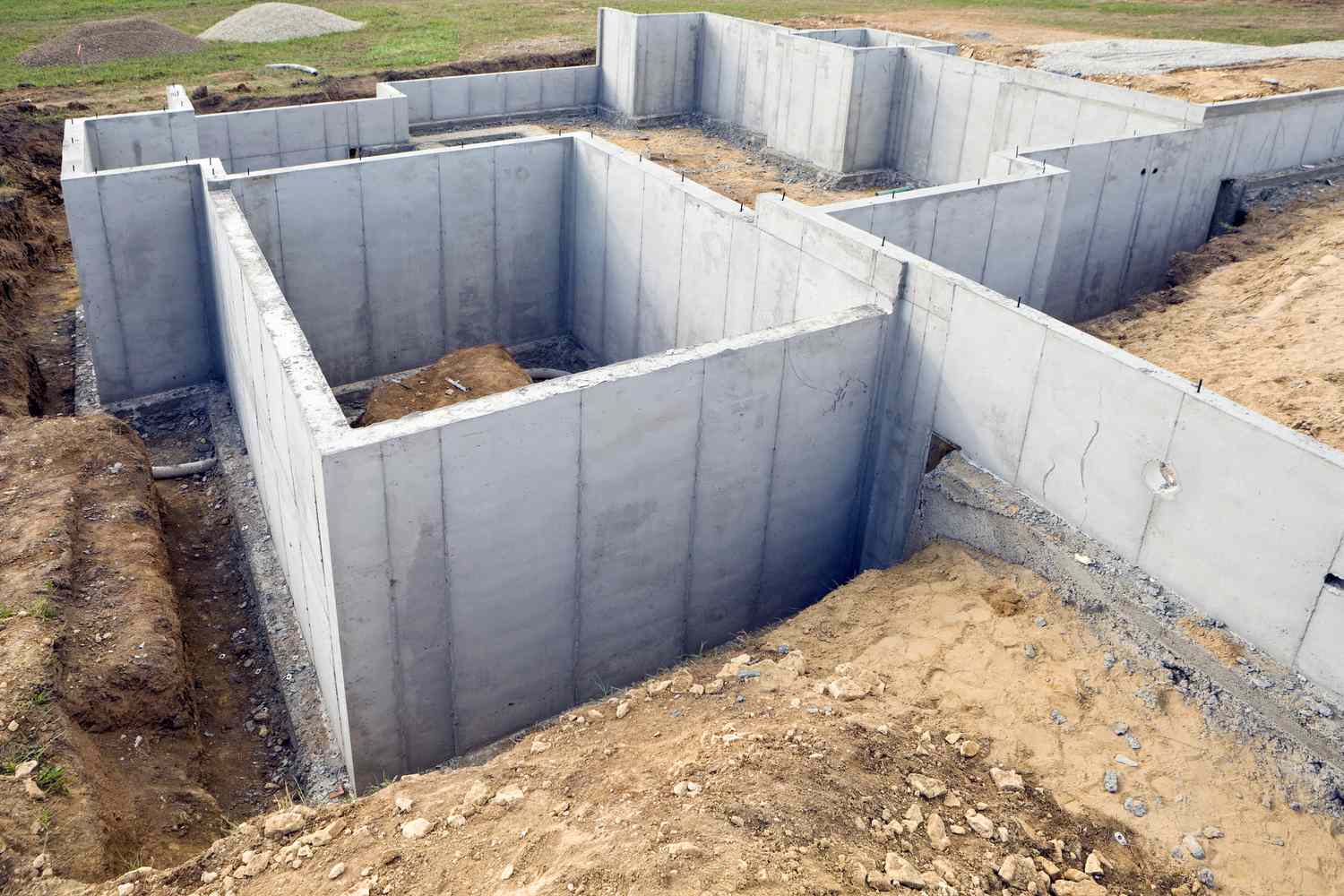


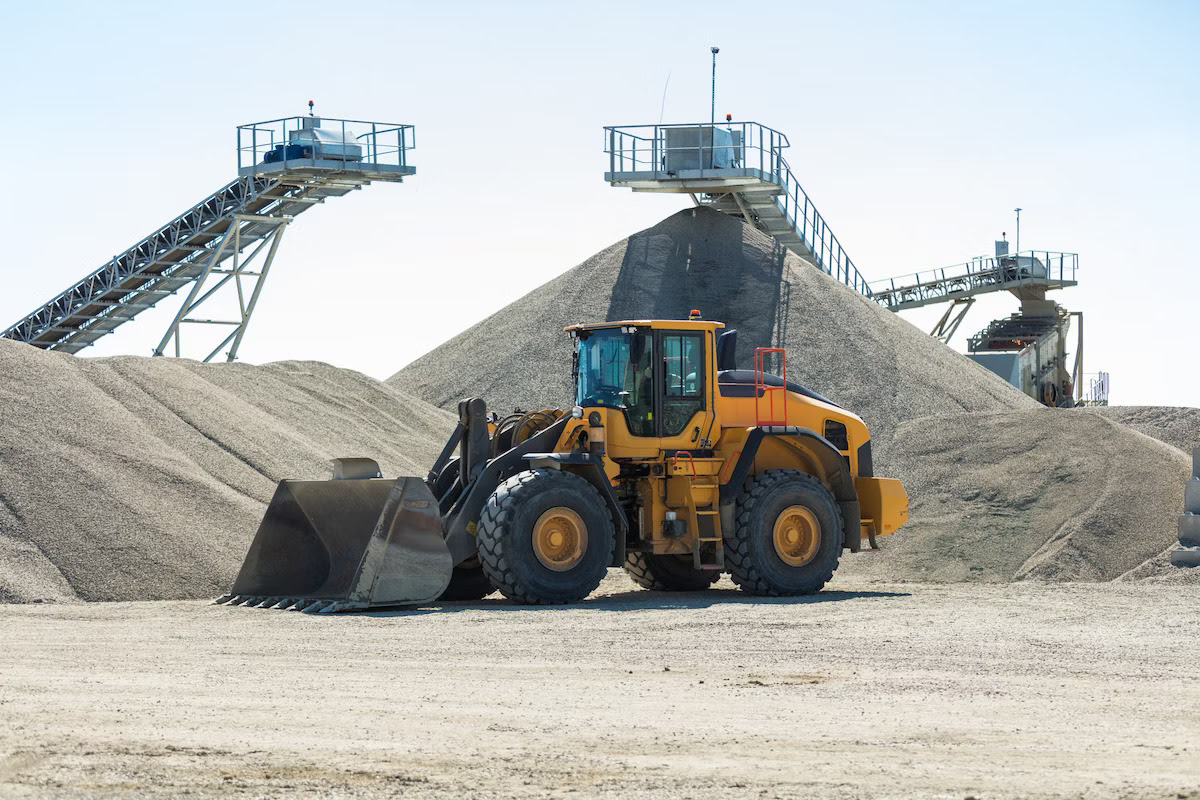
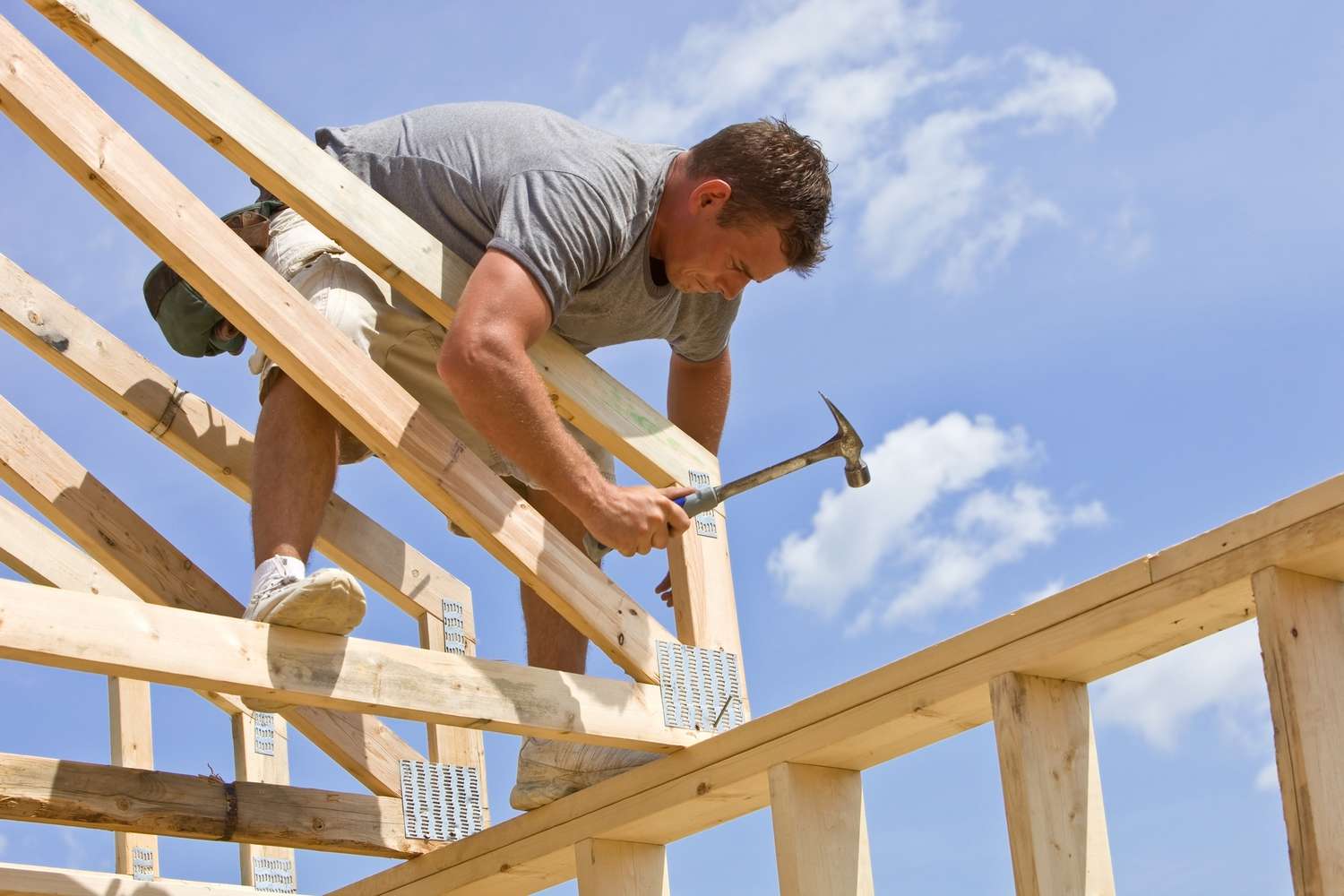



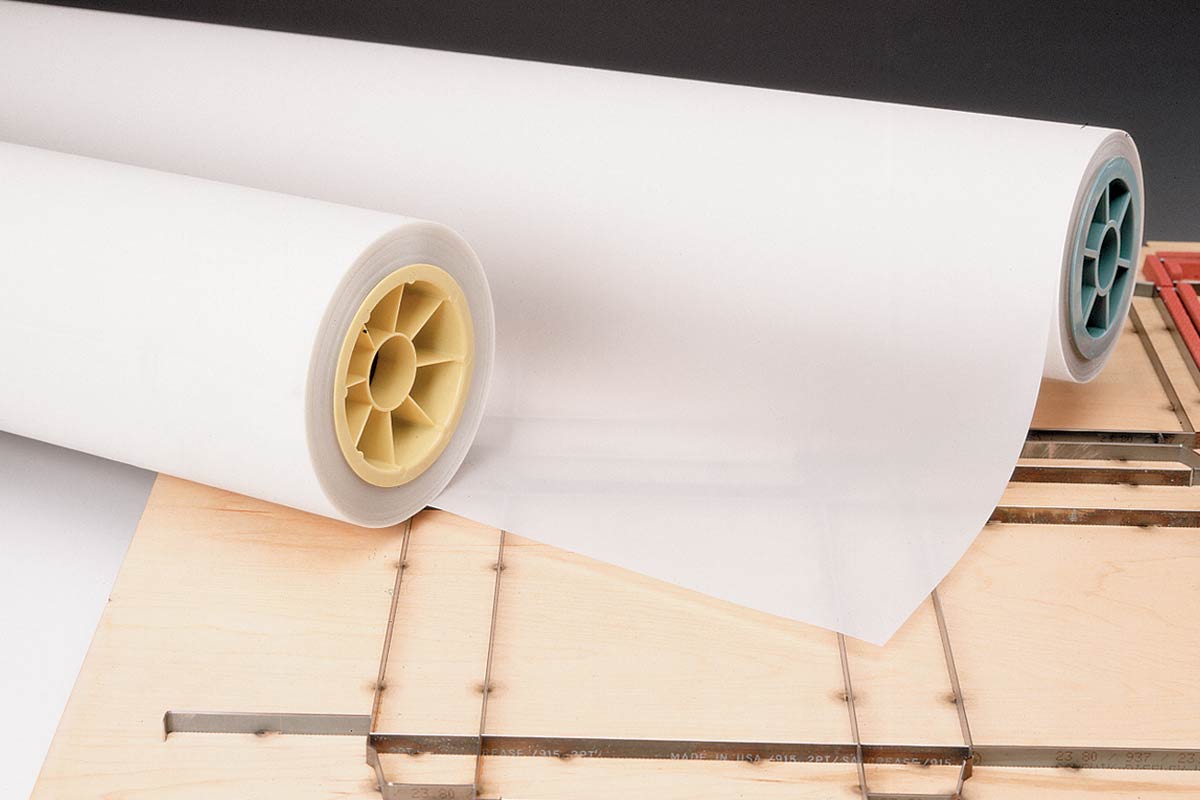
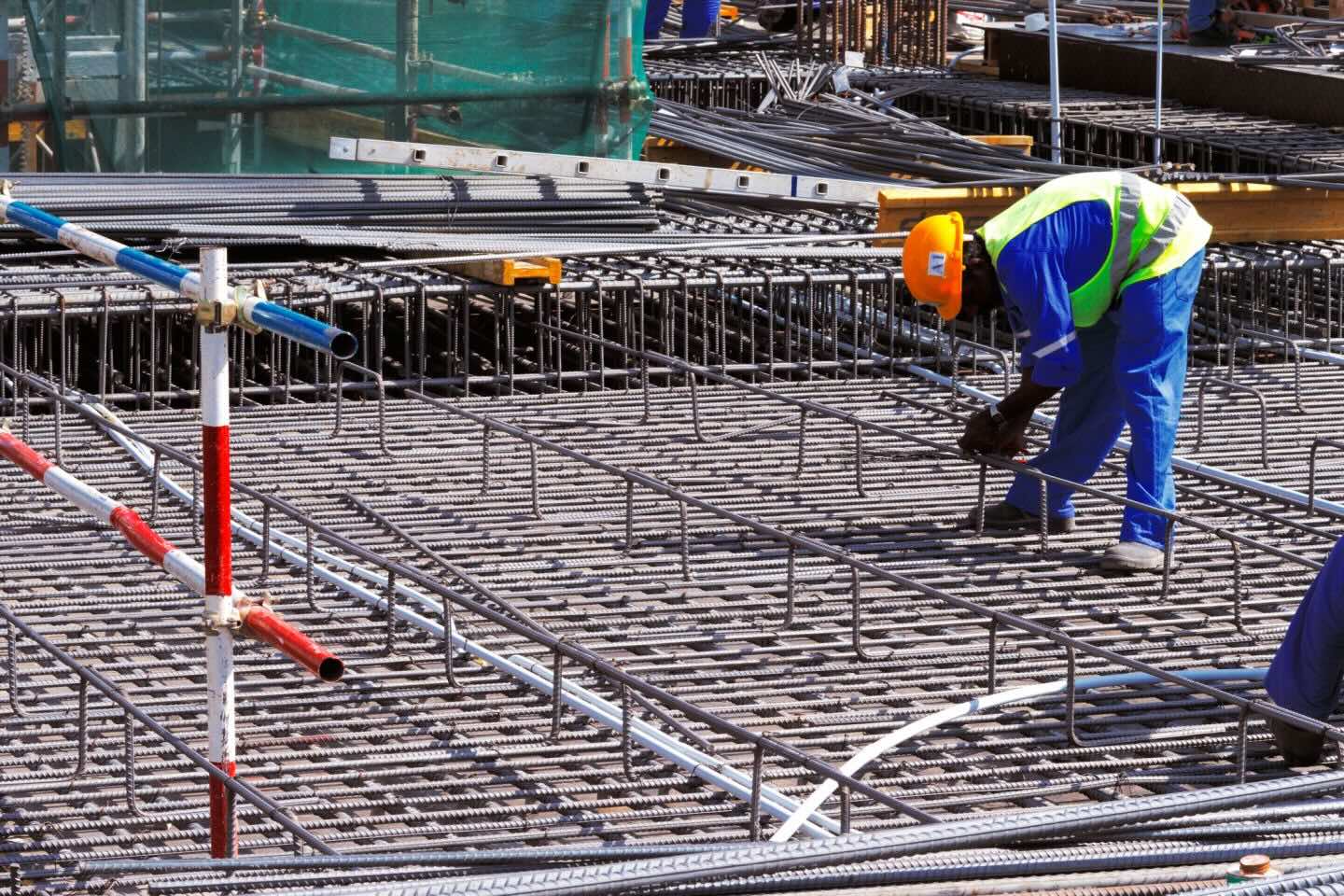

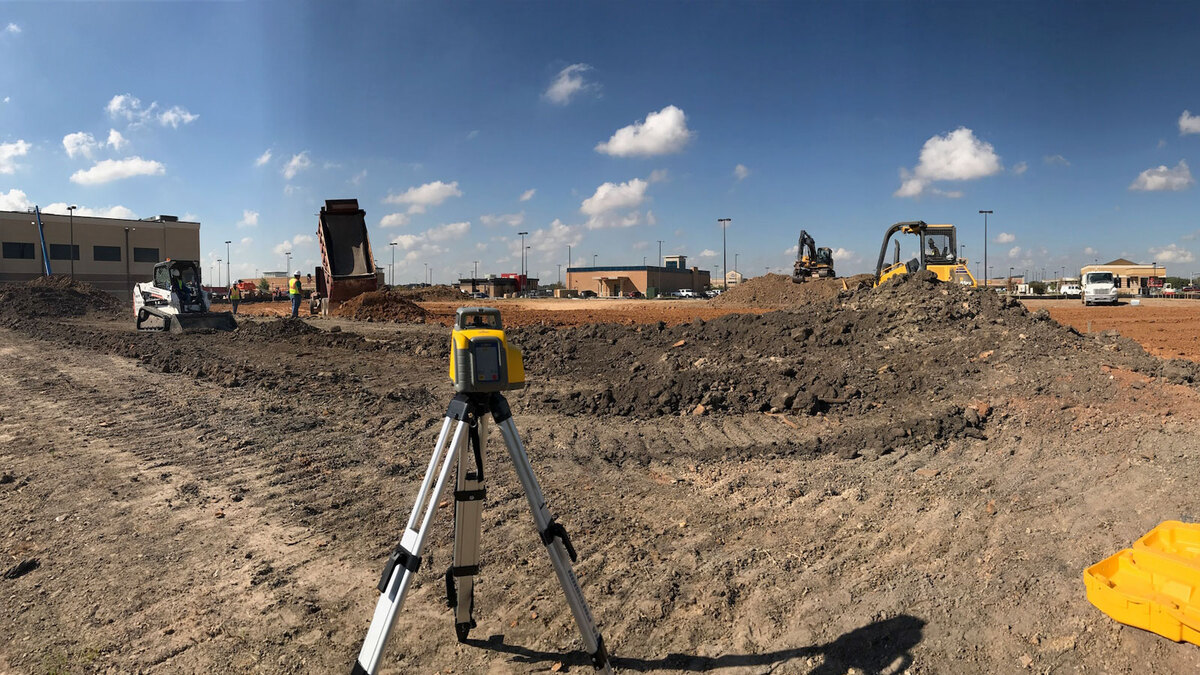
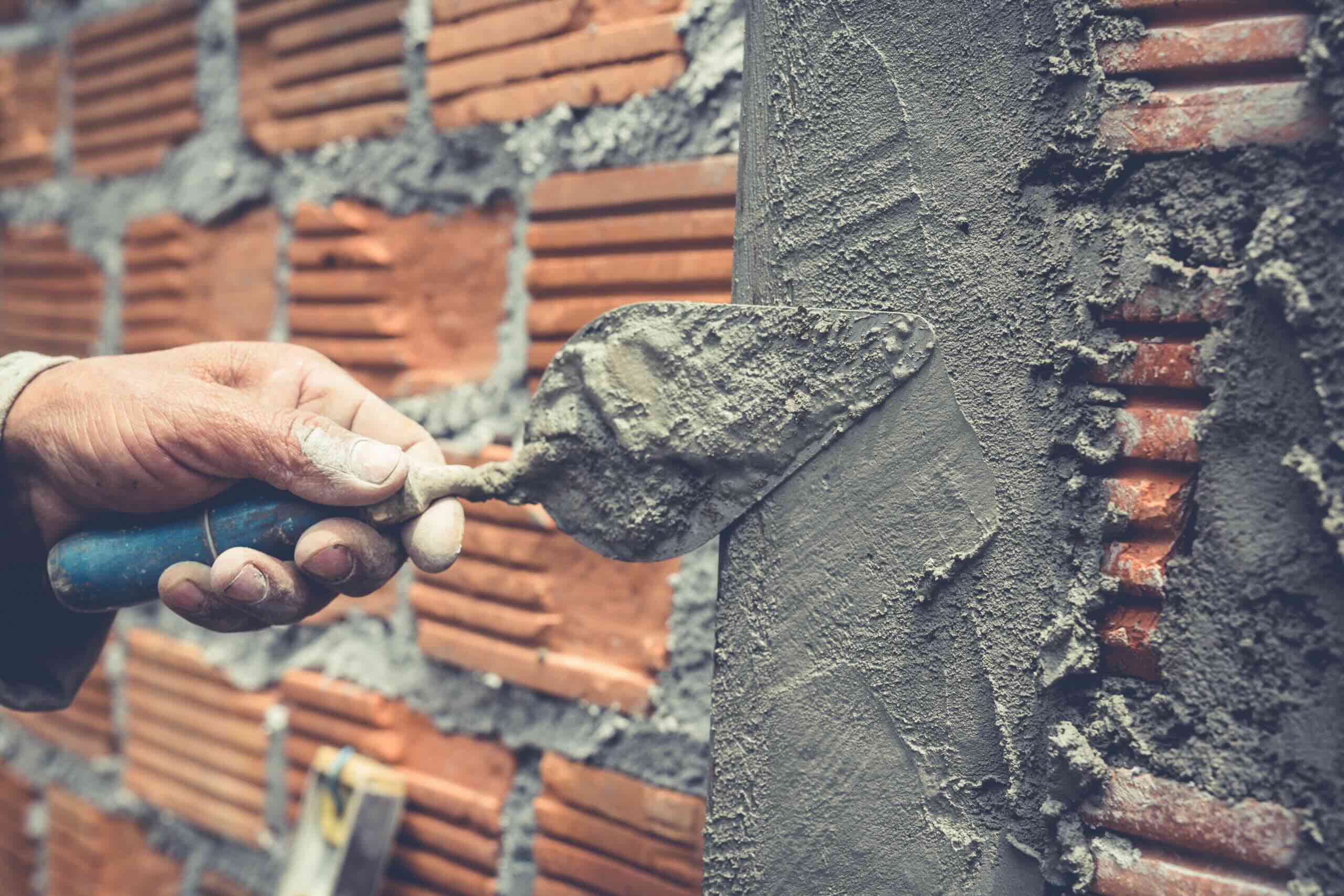

0 thoughts on “What Is An LVL In Construction”